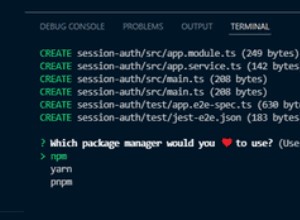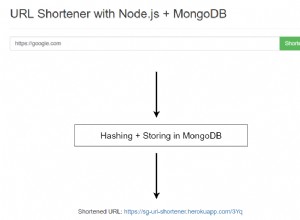La risposta dipende dal driver che stai utilizzando. Tutti i driver MongoDB che conosco hanno cursor.forEach() implementato in un modo o nell'altro.
Ecco alcuni esempi:
nodo-mongodb-nativo
collection.find(query).forEach(function(doc) {
// handle
}, function(err) {
// done or error
});
mongoj
db.collection.find(query).forEach(function(err, doc) {
// handle
});
monaco
collection.find(query, { stream: true })
.each(function(doc){
// handle doc
})
.error(function(err){
// handle error
})
.success(function(){
// final callback
});
mangusta
collection.find(query).stream()
.on('data', function(doc){
// handle doc
})
.on('error', function(err){
// handle error
})
.on('end', function(){
// final callback
});
Aggiornamento dei documenti all'interno di .forEach richiamata
L'unico problema con l'aggiornamento dei documenti all'interno di .forEach callback è che non hai idea di quando tutti i documenti vengono aggiornati.
Per risolvere questo problema dovresti usare una soluzione di flusso di controllo asincrono. Ecco alcune opzioni:
- asincrono
- promesse (quando.js, bluebird)
Ecco un esempio di utilizzo di async , utilizzando la sua queue caratteristica:
var q = async.queue(function (doc, callback) {
// code for your update
collection.update({
_id: doc._id
}, {
$set: {hi: 'there'}
}, {
w: 1
}, callback);
}, Infinity);
var cursor = collection.find(query);
cursor.each(function(err, doc) {
if (err) throw err;
if (doc) q.push(doc); // dispatching doc to async.queue
});
q.drain = function() {
if (cursor.isClosed()) {
console.log('all items have been processed');
db.close();
}
}




